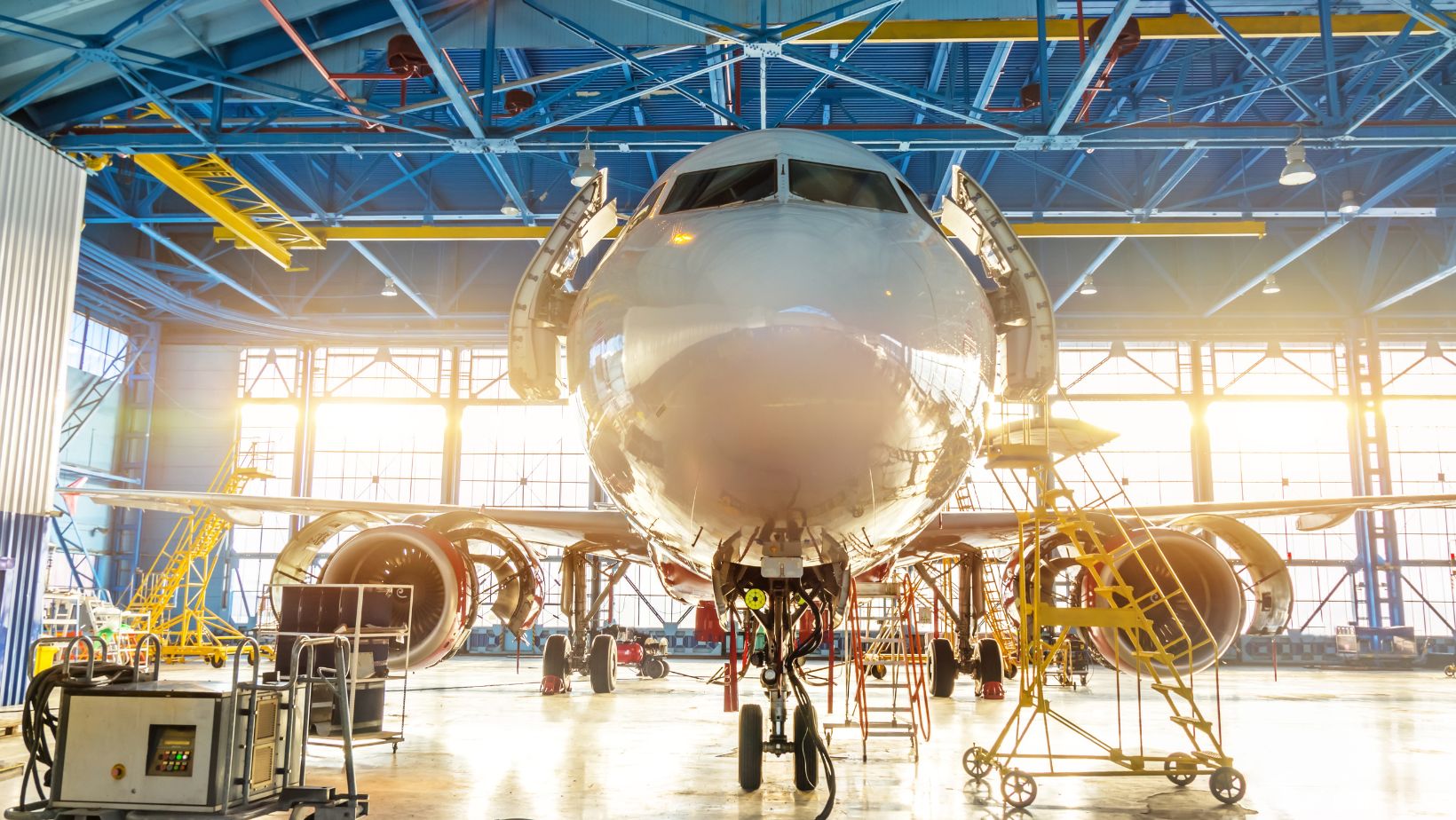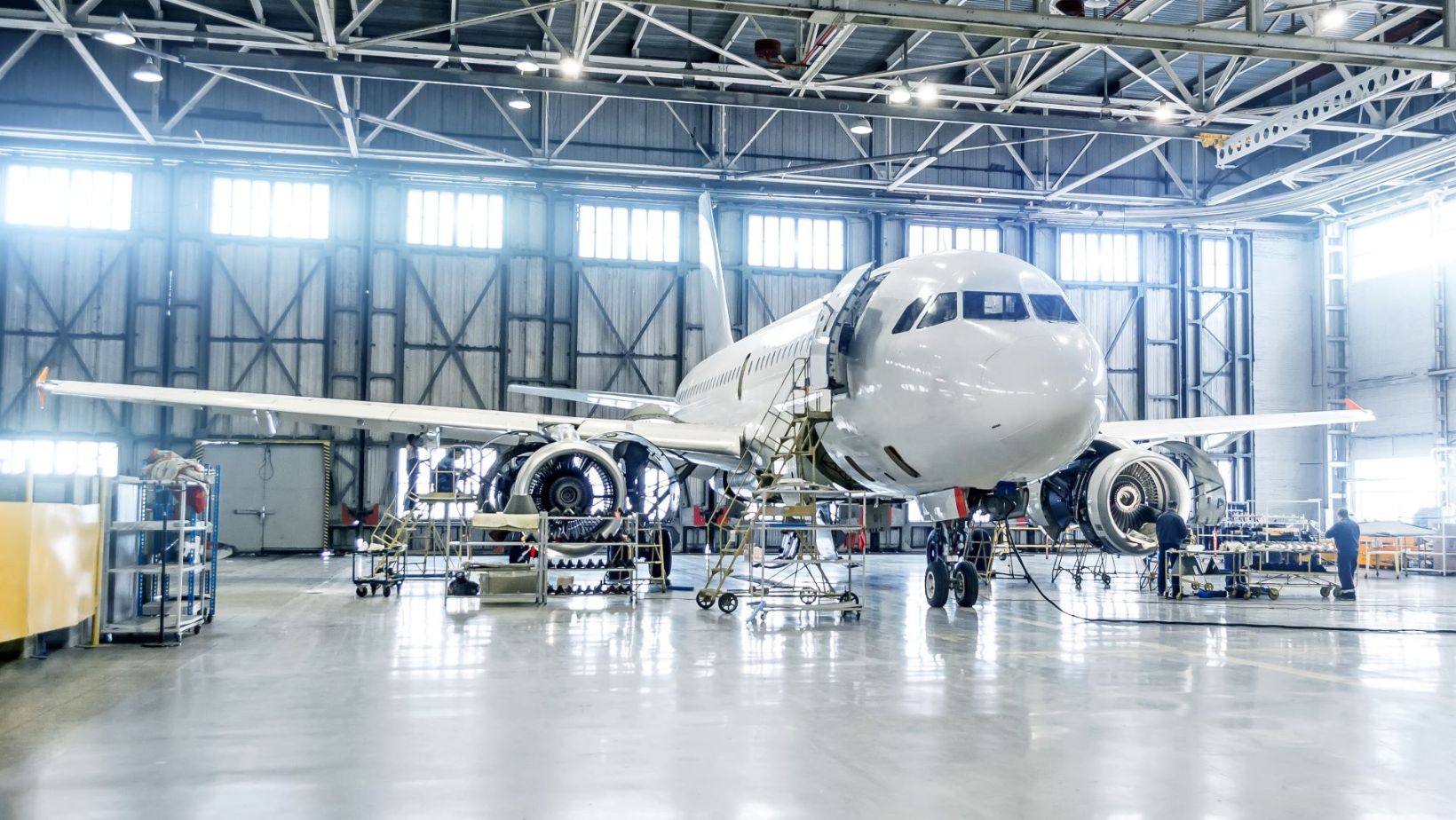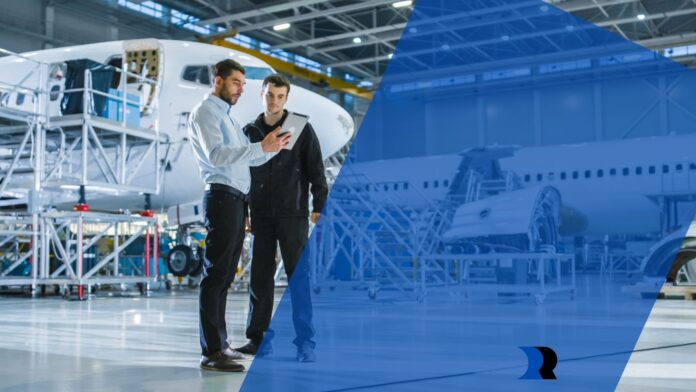Aircraft hangar maintenance is crucial for the safety and longevity of aircraft. Hangars are structures that house aircraft and protect them from weather, vandalism, and wildlife. Proper maintenance ensures the safety of the aircraft and the personnel working in and around the hangar.
This article presents a guide with indispensable tips for effective aircraft hangar maintenance that can save time and money in the long run. Keep reading!
Conduct Regular Inspections
Regular inspections are an essential component of aircraft hangar maintenance. Just as you would inspect an aircraft’s components – such as its aircraft batteries – these inspections ensure the safety and operational readiness of the aircraft housed within and help identify any potential issues before they escalate into major problems. It’s crucial to conduct these inspections periodically and thoroughly, covering all aspects of the hangar, including structural integrity, electrical systems, and fire safety measures.
Here are some tips for conducting an effective hangar inspection:
- Develop A Checklist: Create a comprehensive checklist covering all the hangar’s essential aspects. This will serve as a guide during the inspection process and ensure no area is overlooked.
- Use Proper Tools And Equipment: Ensure that the inspectors are equipped with the necessary tools and equipment required to carry out the inspection effectively. This includes flashlights, ladders, and inspection cameras.
- Document Findings: Maintain a record of all the findings during the inspection. This will help track the progress of maintenance activities and serve as a reference for future inspections.
A well-maintained aircraft hangar is integral for the safety of personnel and the functionality and longevity of aircraft and equipment. Adhering to the above tips can help maintain a clean, safe, and organized aircraft hangar, facilitating efficient operations.
Conduct Regular Cleaning
Regular cleaning is a fundamental aspect of aircraft hangar maintenance. It not only keeps the hangar looking presentable but also ensures the safety of the personnel and the aircraft. Dust, spills, and Foreign Object Debris (FOD) can cause accidents and significant damage to the aircraft and equipment. Therefore, a clean and well-maintained hangar is critical for the overall efficiency of the operations.
Here are some tips for conducting regular hangar cleaning:
- Develop A Cleaning Schedule: Create a schedule for regular cleaning activities and ensure that all personnel are aware of and adhere to it.
- Use Appropriate Cleaning Agents: Use cleaning agents suitable for the hangar floor and equipment. Avoid using abrasive or corrosive cleaning agents.
- Address Spills Immediately: Any spills of oil, fuel, or other liquids should be addressed immediately to prevent accidents and damage to the aircraft and equipment.
Maintaining a pristine hangar is not just about aesthetics; it is a prerequisite for ensuring operational efficiency and safety. The tips above will help minimize the risks of accidents, damages, and costly operational disruptions.
Maintain Proper Lighting
Maintaining proper lighting is paramount in aircraft hangar maintenance. Proper aircraft hangar lighting ensures the safety of the personnel working within the hangar. It is also crucial for the various operations carried out inside, such as maintenance, repair, and aircraft inspection. Additionally, adequate lighting is essential for the security of the hangar and the aircraft housed within.

Consider following these tips to ensure adequate lighting in the hangar:
- Regularly Check For Damaged Fixtures: Damaged or non-functioning light fixtures can lead to inadequate lighting. Regularly inspect all light fixtures for any signs of damage or wear and tear.
- Replace Burned-Out Bulbs Promptly: It’s essential to replace burned-out bulbs immediately to ensure that the hangar is always adequately lit.
- Use LED Lighting: LED lights are energy-efficient and have a longer lifespan than traditional lighting. They also provide better illumination.
Ensuring the hangar is well-lit is a fundamental aspect that impacts not only the safety and efficiency of operations but also the security of the entire facility. By taking proactive measures such as promptly replacing damaged fixtures and using energy-efficient LED lighting, the hangar can maintain an environment that is conducive to both work and security.
Inspect Electrical Systems
The hangar houses various electrical systems, including lighting, power outlets, and equipment, all of which must be in optimal working condition to ensure safety and efficiency. This makes inspecting electrical systems a critical component of aircraft hangar maintenance.
Below are some tips for inspecting electrical systems in the hangar:
- Schedule Regular Inspections: Have a certified electrician inspect the electrical systems at regular intervals.
- Check For Damaged Wiring: Damaged wiring can lead to electrical fires. Inspect the wiring regularly for any signs of wear, tear, or damage.
- Test Emergency Systems: Regularly test emergency systems such as emergency lighting and backup generators to ensure they are operational.
Ensuring the integrity of electrical systems is paramount to maintaining a safe and functional aircraft hangar. Regular, thorough inspections by certified professionals, coupled with proactive maintenance practices, help avert potential electrical hazards and ensure the smooth operation of all electrical systems within the facility.
Maintain Roofing and Drainage
Maintaining the roofing and drainage systems is vital for the overall upkeep of an aircraft hangar. The roof protects the interior of the hangar and the aircraft from the elements, while the drainage system prevents water accumulation that could lead to flooding and damage.

Here are some tips to properly maintain your hangar’s roofing and drainage:
- Inspect Roof Regularly: Check the roof for signs of damage, such as leaks or cracks. Respond to any problems promptly to avert additional damage.
- Clean Gutters And Drains: Regularly clean the gutters and drains to ensure that water can flow freely and prevent flooding.
- Check For Water Accumulation: Regularly check for any areas of water accumulation on the roof or the floor of the hangar.
Maintaining the roofing and drainage systems is essential for the overall upkeep of the aircraft hangar. Following the tips above will help in maintaining the integrity of the roof and drainage system.
Prioritize Safety Measures
The hangar is a busy environment with several operations being carried out simultaneously, including aircraft maintenance, refueling, and movements of personnel and equipment. Proper safety measures must be in place to prevent accidents and ensure the well-being of the staff and the integrity of the aircraft and equipment.
Here are some tips to ensure safety in the hangar:
- Implement Safety Procedures: Develop and implement safety procedures for all operations within the hangar. Ensure that all personnel are trained and adhere to these procedures.
- Install Proper Signage: Proper signage, including caution signs and directions, should be clearly displayed throughout the hangar.
- Ensure Adequate Lighting: As mentioned, proper aircraft hangar lighting is essential to ensure the safety of the personnel working within the hangar.
In a dynamic environment like an aircraft hangar, where multiple activities occur concurrently, prioritizing workplace safety is imperative. By following the tips above, the hangar can become a safer workspace, thereby protecting personnel and preserving the integrity of the aircraft and equipment.
Update Security Systems
Updating security systems is crucial for aircraft hangar maintenance. Security systems include access control, surveillance cameras, and alarm systems. Regular updates and maintenance of these systems are essential to ensure the safety and security of the aircraft, equipment, and personnel.
Here are some tips for keeping your security systems up to date:
- Regularly Test The Systems: Conduct regular tests of the security systems to ensure they are functioning properly. This includes testing the access control system, cameras, and alarms.
- Update Software: Regularly update the software of the security systems to ensure they are protected against any potential cyber threats.
- Conduct A Security Audit: Periodically conduct a security audit to identify potential vulnerabilities and address them immediately.
By following these tips, you ensure the safety and security of the aircraft hangar.
Implement The 5S In Aviation Maintenance
Implementing the 5S methodology in aviation is essential for optimizing the workflow in the aircraft hangar and improving safety and efficiency. The 5S stands for Sort, Set in Order, Shine, Standardize, and Sustain. This methodology helps in organizing the workspace, reducing waste, and optimizing productivity.
Here are some tips to implement this in your hangar:
- Sort: Remove all unnecessary items from the workspace. Only keep the tools and equipment that are essential for the current work.
- Set In Order: Organize the remaining items in a logical manner that optimizes workflow.
- Shine: Regularly clean the workspace and ensure everything is in place.
- Standardize: Develop a set of standards for organizing and maintaining the workspace.
- Sustain: Regularly analyze and maintain the standards set in the previous steps.
By implementing the 5S methodology in aircraft hangar maintenance, you can create a well-organized, clean, and efficient workspace.
Conclusion
Maintaining an aircraft hangar is a multi-faceted task requiring attention to detail in various areas, from structural integrity to safety measures. Regular inspections, a focus on cleanliness, and a solid approach to security are just a few key aspects. Investing time and resources into proper hangar maintenance can pay off in the long run, safeguarding both your assets and peace of mind.



